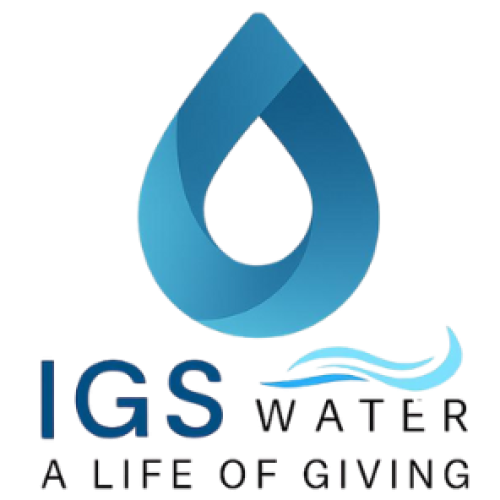Stagnant, murky pond water, foul odors, algae overgrowth—these are more than aesthetic issues; they’re symptoms of deeper systemic imbalance. Traditional surface aerators may momentarily disrupt the surface, but they fail to address low oxygen zones, thermal layers, and nutrient build-up beneath. Enter the IGS Water Pond Aeration (Destratification) System—a next-generation solution engineered to deliver oxygen and circulation from bottom to surface, restoring aquatic health and clarity.
What Makes the IGS Water Pond Aeration System Stand Out?
- True Destratification via Deep Recirculation
By drawing water from lower depths and passing it through a conditioner and aerator, the system ensures deep circulation and oxygen distribution throughout the entire water column—unlike surface-only approaches that leave deep zones lifeless. - Balanced Ecosystems Through Mechanical Mixing
The system’s air-infused water creates bubble plumes that break thermal stratification and maintain temperature uniformity—crucial for ecosystem stability. - Cleaner, Healthier, and More Sustainable Water
Continuous circulation helps suppress algae, eliminate odors, and reduce sludge, lowering long-term maintenance needs while fostering an environment where fish, plants, and microbes truly thrive. - Engineered for Performance
The design includes a water intake manifold that pulls from multiple zones (especially stagnant ones), and is installed close to the bottom to avoid clogging from mud or algae.
Why Pond Aeration Matters: Benefits That Matter
Even beyond IGS Water’s innovation, pond aeration is a cornerstone of healthy aquatic ecosystems. Here’s what the industry confirms:
- Boosted Water Quality & Clarity
Aeration increases oxygen levels, helping break down organic matter and reducing nutrient accumulation—this leads to clearer water and fewer algae blooms. - Algae Suppression & Odor Control
Oxygen helps discourage ammonia, hydrogen sulfide, and other foul-smelling compounds. Without oxygen, these compounds accumulate; aeration helps break them down. - Support for Aquatic Life
Oxygen is essential for fish and beneficial bacteria. Aeration helps prevent hypoxic zones and fish kills while supporting natural biological processes. - Balanced Thermal Layers & Prevention of Turnover Events
Stratification—warm, oxygen-rich water above cold, oxygen-poor layers—leads to internal decay and dangerous turnover events. Aeration collapses these layers for a safer, more stable habitat. - Reduced Maintenance & Muck Accumulation
Circulating oxygen-rich water supports aerobic bacteria that naturally decompose organic muck, reducing the need for dredging or chemical treatments.
How It Works: The IGS Water System in Action
- Water Intake & Recirculation
A manifold draws water from multiple areas—especially stagnant zones—through a pump, ideally positioned low to avoid clogs. - Conditioning & Aeration
Water passes through a conditioner and then an aerator, where air integrates into the flow—altering nutrient and mineral contacts and infusing oxygen. - Bubble Plume Circulation
Rising air bubbles lift water and distribute oxygen upward, breaking thermal layers and sustaining mixing throughout the pond. - Ecosystem Stabilization
From bottom to surface, increased oxygen supports microbial breakdown of organic waste, clears algae, promotes aquatic life, and dispels odors, creating a visually appealing and ecologically vibrant pond.
Installation & Maintenance Tips
- Suction Port Placement:
Keep the intake low but away from areas prone to heavy sediment or dense algae to avoid clogging. - Consistent Operation:
Aeration systems often perform best running 24/7 to ensure consistent oxygen levels and continuous circulation. - Routine Checks:
Inspect compressors, filters, and diffusers for debris or wear; clean as needed to maintain performance.
Real-World Impact: Before & After
- Before Installation:
Ponds suffer from murky, oxygen-deprived water, algae overgrowth, foul smells, and stressed aquatic life. - After Implementation:
Water becomes significantly clearer and oxygenated; algae recedes, odors vanish, and aquatic life flourishes. The ecosystem is visibly healthier and more balanced.
A Smarter Approach to Pond Health
The IGS Water Pond Aeration (Destratification) System redefines pond management by attacking the roots of ecosystem instability—low oxygen, thermal stratification, and stagnation. Through powerful bottom-to-top circulation and oxygen infusion, it not only restores water quality but does so sustainably. The result? A thriving, low-maintenance aquatic environment where clarity, balance, and life bloom.

